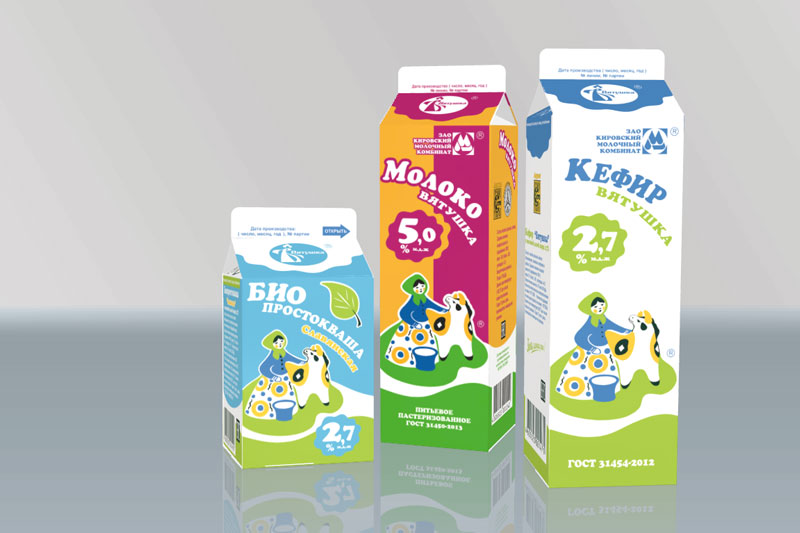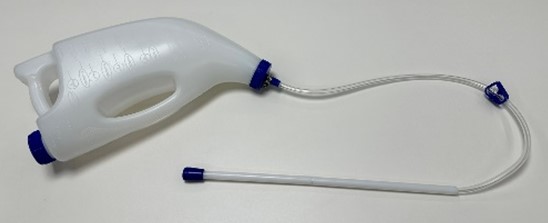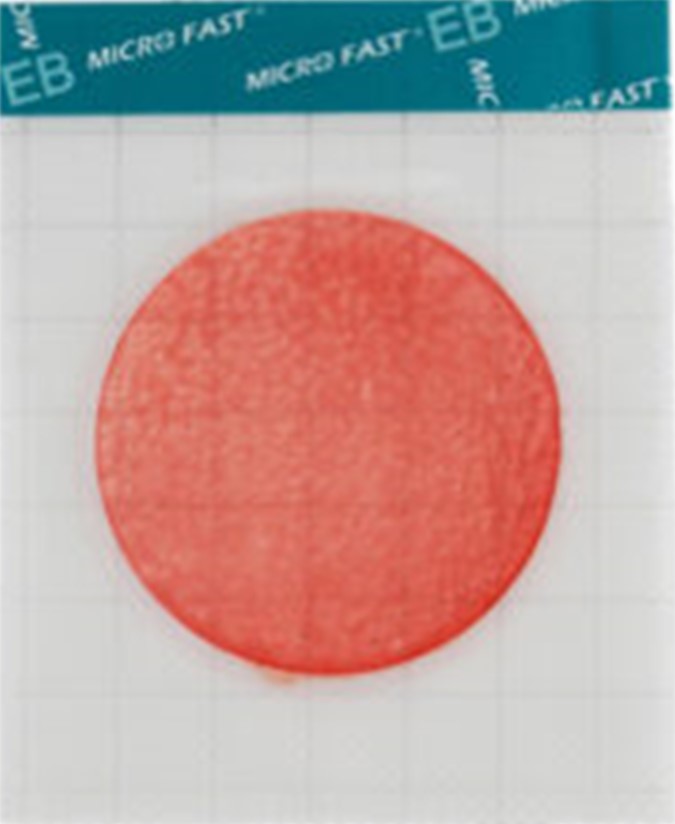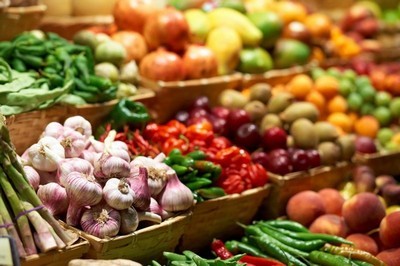A strategic challenge for Russian pig breeders is to enter the TOP-5 global pork exporters
Yuri Kovalev began with a brief excursion into the history of the industry, focusing on the origins of global changes that are now shaping a new reality.
In 2019-20, RUSSIA moved from a country that was No. 1 importer for many years to full self-sufficiency and entered the TOP-5 global pork producers. This radically reversed all the trends that had been taking shape over the course of 15 years, when the entire increase in production was spent on reducing imports and increasing consumption. The main problem for the industry is the risk of market saturation: the annual increase in production is now 5-10%. At first, the growth of consumption, the development of exports and the decline in imports worked as restraining factors. By the end of 2021, imports almost zeroed, and exports reached their maximum volumes - 200,000 tons per year.
In 2022, due to changes in global geopolitics, pork production in Russia increased by 5.3% and more than 200 thousand tons of products were added to the market. it was assumed that this load would become critical, but exports helped, which, contrary to all forecasts, decreased by only 10%. Deliveries to Southeast Asia, in particular to Vietnam , have halved , but deliveries to the EAEU countries have also doubled . Belarus , which until a few years ago was a major importer to Russia, has become the main EXPORT destination. As a result of last year, the export of all MEAT products reached 630 thousand tons, exceeding imports by 2 times. The total amount was $1.5 billion, which was a huge support for Russian business.
The main problem was the concern about domestic prices. However, in the end, the average wholesale price fell by only 5-6%, instead of the expected 15%. The reason was the growth in consumption, which amounted to a record 6% - more than 240 thousand tons of pork. Four factors that influenced him:
decrease in average annual wholesale prices, no growth in retail prices, as well as general inflation (10%); increase in payments to various segments of the population (about 1 trillion rubles); a significant reduction in the price difference between chicken and pork, which increased demand in favor of the latter; declining resources and rising prices for beef .Pork consumption increased by 5.9% to almost 30 kg per person per year, the highest achievement in the pig industry in the last 30 years.
In the first half of 2023, the increase in production amounted to almost 5%, exports, while now it is at the level of 40% compared to last year. Due to the current favorable situation on the global pork market, the depreciation of the ruble and the decline in domestic prices, exports to Vietnam began to recover (+94%). The trend in exports to Belarus also continues (+21%).
In the domestic market, the average pork price fell by only 5%. For the first time in the Russian Federation, the price of chicken has become higher - the trend has continued for two weeks. In addition, the cost of feed wheat, which is the basis of pig feed, decreased by 35%, which is the main factor in maintaining the margins of the industry.
“Given the current situation, the main direction for the development of pig breeding is now export, namely the countries of Southeast Asia - CHINA and the Philippines. Their total import volume is 3 million tons, which gives room for maneuver. Russia faces the main strategic challenge for the next 10 years - to enter the TOP-5 world pork exporters. The task is difficult, but realistic,” says the DIRECTOR general of the National Union of Pig Breeders.





























































